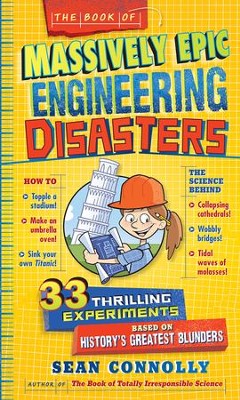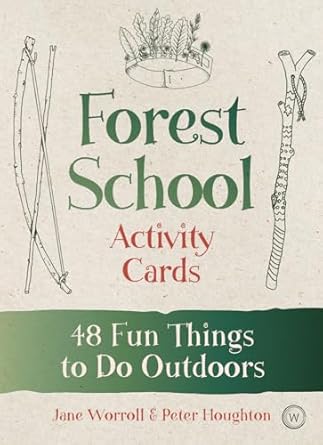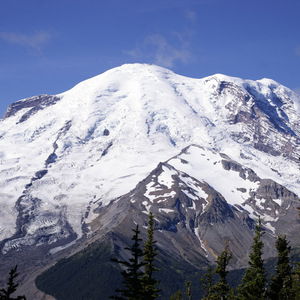Saturday was our tenth and final session of Science Club! Topic:

The Book of Massively Epic Engineering Disasters:
33 Thrilling Experiments Based on History's Greatest Blunders
by Sean Connolly
I wrote a blog post previously with my planning notes when doing this block on Zoom. Now I get to do it IRL with a group of students!
For each disaster I'll share my up-to-date notes and some photos. This time we learned about the Exxon Valdez oil spill disaster in 1989. This is the only one on our list of 10 that happened in my lifetime; I also remember doing an Oil Spill Cleanup Experiment in elementary school during an oil spill in 1986 (the Apex Houston).
For a fascinating (and terrifying) reverse-chronological list of oil spills that have occurred throughout the world and spills that are currently ongoing, check Wikipedia.
- recall last week's disaster (Plywood Skyscraper)
- last week during the "recall" part of our club meeting, we read a story about the previous week's disaster (Tacoma Narrow's Bridge) and the children had a lot of questions about the caissons for the Brooklyn Bridge
- brainstorm how we could set up an experiment using a plastic container and a deep pot of water to make a model of a caisson; test our ideas and check and see if the container really does trap air inside or if it traps water
They had a lot of interesting ideas, but the one we tried was to cut a strip of construction paper the height of the plastic container and tape it vertically on the inside. After we pushed the container straight down into the water, we lifted it straight back up and felt how much of the strip of paper was damp.
The top 5/6 of it was dry (although one student pointed out that the water will continue to wick its way up the strip over time and throw off our results). It was so amazing to feel that the top of the strip, inside an open container which you yourself just fully immersed in water, was bone dry!
Next time the children want to make two tweaks. One would be to use a color of construction paper that clearly darkens when it's wet. I used yellow and the color change wasn't obvious. The other would be to use a ruler to make tickmarks up the strip so that we could measure how far up the strip of paper got wet. That would also help us to measure whether the water wicks up over time.
I didn't think of this at the time,
but it would be interesting to compare
the design of a caisson to a diving bell
- look at We Are Water Protectors by Carole Lindstrom and ask the class who has already read it and what it is about; many children recognized the cover and said they had heard it but did not remember anything about the story (which is too bad)
- read Oil Spill! by Melvin Berger including "How to Help Prevent Oil Spills" section in the back
- return to We Are Water Protectors and discuss the problems with one of Berger's recommendations ("oil companies should be helped to find new oil fields in the United States; they should not just depend on oil shipped from abroad")
- do experiment #27 "Double Hulls" from The Book of Massively Epic Engineering Disasters and discuss the problems with another of Berger's recommendations ("oil tankers should have double hulls; if the outer hull is damaged, the inner one will still hold the oil")
for each group (set up one):
sink or bucket
water
large plastic cup with no handle (about 8 fl oz)
small plastic cup that can fit inside the larger cup but not too snugly
Sean Connolly mentions "you might need to try different combinations of plastic cups to get it to work, but the result is an eye-opener" (p.188) and he's not kidding about needing to try this one over and over. The two times that I've done this experiment it was less than stellar. Since the basic idea of this experiment is that "the second hull raises the center of mass (the point where the mass of the object is most concentrated) higher up, making the vessel less stable"
(p.191), any experiment that you do with raising or lowering the center of mass would work well to prove this point, and so we just recalled our soda can experiment from the Leaning Tower of Pisa.
- do Oil Spill Cleanup Experiment
for each team (set up two):
pan of water
blue food coloring (optional)
vegetable or motor oil
spoon
cotton balls
craft feathers
sheep wool
packing peanuts (biodegradable)
paper towels
dog hair
human hair
dish detergent
I had the teams work through the clean up items in the order listed. One team tried to use a piece of cotton string to make a "boom" around their oil slick and found the cotton string actually soaked up some of the oil!
We had one team do kitchen oil (I used toasted sesame oil) and one team do clean motor oil. The clean motor oil is the exact same color as the toasted sesame oil and so it was less dramatic than one might think. In fact it really confused the children, since the oil in We Are Water Protectors and Oil Spill! is depicted as being thick and black. From a teaching standpoint, I also found it extremely stressful to have the real motor oil and was constantly worried about every tiny drop of it. I wouldn't recommend using motor oil.
- share information about dog hair being used in oil spill clean ups
Oil spill clean-up gets doggone hairy
First comparison of natural-origin sorbent materials for land-based oil spills
Science News - July 15, 2020
Because I was heading to a haircut immediately after Science Club, I put my long hair in a ponytail and let Zac cut it right off with a pair of scissors. We did find that dog hair works better than human hair because the dog hair mats together nicely, whereas human hair is slipperier. The dog hair worked extremely well! Naturally, the detergent was the best chemical solution.
We discussed what worked and what didn't, and what is scalable and what is not. Dog hair is a discarded waste material (also all natural, fully renewable, and completely free) so the only costs involved would be in collecting it from grooming salons and transporting it to the latest disaster area.
- look at a few facts from Feathers: Not Just for Flying by Melissa Stewart (anhinga, American bittern)
- pass out Science Club notebooks, have each child draw and write notes about his/her favorite experiment or about the disaster itself
- number pages, write table of contents, decorate from and back covers of Science Club notebooks!
This post contains affiliate links to materials I truly use for homeschooling. Qualifying purchases provide me with revenue. Thank you for your support!





















































 Immersive Experience
Immersive Experience Immersive Experience
Immersive Experience






